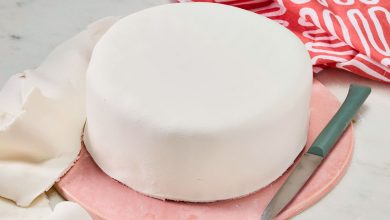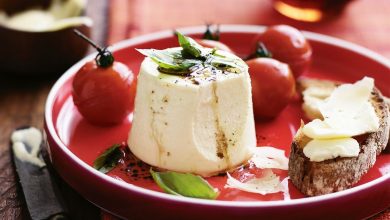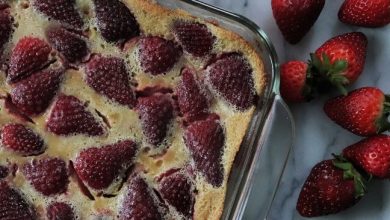Homemade Honey Mead Recipe: Easy Step-by-Step Guide
Recipe: Homemade Mead (Idromele)
Category: Beverages
Serves: 1
Prep Time: 10 minutes
Fermentation Time: 30–60 days
Aging Time: 3–12 months
Mead, or idromele, is one of the oldest alcoholic beverages known to humanity, crafted from honey, water, and yeast. This delightful drink is naturally sweet and perfect for those who love experimenting with unique brews. If you’re looking to create your own batch of homemade mead, this recipe will guide you step-by-step to achieve a delicious result, whether you’re a beginner or a seasoned home brewer.
Ingredients
| Ingredient | Quantity |
|---|---|
| Water | 7.5 liters |
| Acacia honey | 8 kg |
| Chestnut honey | 200 g |
| Wine yeast | 3 g |
Instructions
Step 1: Heating the Water
Start by heating the water in a large pot until it reaches a temperature between 38°C and 45°C (100°F and 113°F). Use a thermometer to measure the water’s temperature for accuracy. Once the water is at the right temperature, scoop a ladle of water and set it aside in a separate pitcher.
Step 2: Preparing the Honey
Next, add the acacia honey to the large pot of heated water. Stir vigorously to ensure the honey dissolves fully. The purpose of stirring is to incorporate oxygen into the mixture, which will help the yeast thrive during fermentation. The honey-water mixture, now referred to as the “must,” is the base for your mead.
Step 3: Oxygenating the Must
Take a ladle of the honey-water mixture (must) and pour it into the pitcher with the reserved water. This step helps further oxygenate the liquid, making it easier for the yeast to grow and multiply during fermentation.
Step 4: Adding the Yeast
Check the yeast packaging for the recommended inoculation temperature. If necessary, warm the mixture slightly to ensure it matches the yeast’s ideal temperature range. Once it’s within the right range, add the wine yeast to the pitcher, and cover it tightly with plastic wrap. After about 24 hours, the plastic wrap should puff up, and foam will form on the surface of the mixture, indicating that fermentation is underway.
Step 5: Primary Fermentation
Transfer the fermented mixture to a 5-liter demijohn using a funnel. Seal the demijohn tightly and place it in a cool, dark location (ideally, between 18°C and 20°C) for a period of 30 to 60 days. During the first 7 days, gently rotate the demijohn once or twice a day to mix the contents and encourage fermentation.
Step 6: Secondary Fermentation
After the primary fermentation has concluded (roughly 30 days), carefully transfer the mead into another demijohn, being sure to leave behind the sediment at the bottom of the first vessel. Once again, place the demijohn in a cool, dark area and allow it to sit for about 2 weeks to let any remaining yeast settle further.
Step 7: Bottling
Once the secondary fermentation is complete, it’s time to bottle the mead. Using a funnel, carefully fill your bottles with the liquid, leaving a little space at the top. Seal the bottles tightly.
Step 8: Aging the Mead
Store the bottled mead in a cool, dark place away from direct sunlight. For best results, allow the mead to age for at least 3 months, but up to 12 months for a richer flavor profile. The longer it ages, the smoother and more complex the mead will become.
After this maturation period, your homemade mead is ready to be enjoyed! Serve it chilled or at room temperature, depending on your preference.
Enjoy the fruits of your labor as you sip on this refreshing and timeless beverage!








